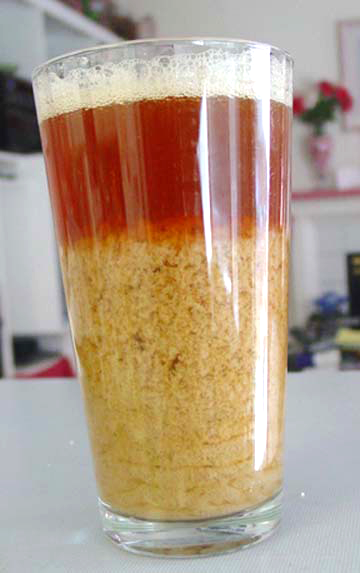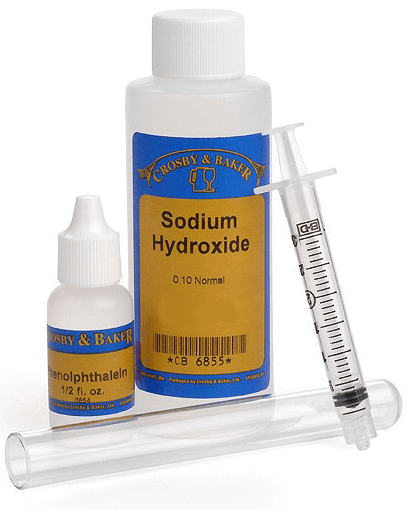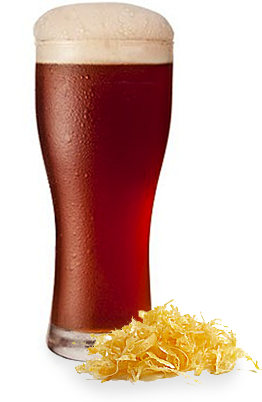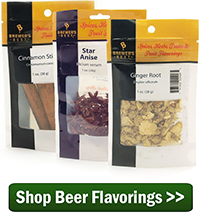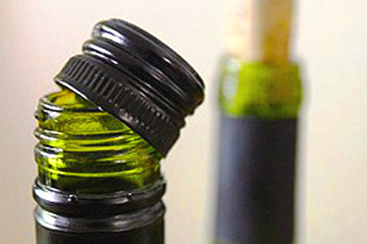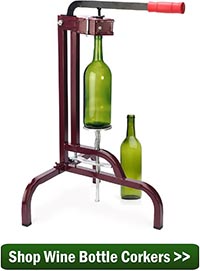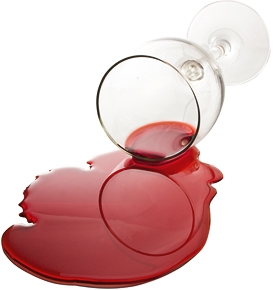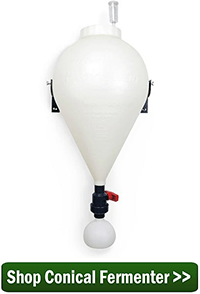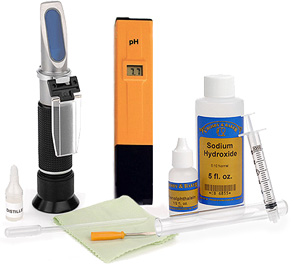 This is part 2 of a 4 part series on when to pick your grapes. Part 1 went over why timing is so important.
This is part 2 of a 4 part series on when to pick your grapes. Part 1 went over why timing is so important.
As the grapes start to become fully mature what you’ll want to do is take periodic readings. First with your refractometer, then with the pH meter and then finally with the titration kit. These three readings will be considered all together to determine when to pick your grapes.
Readings With Refractometers
Refractometers will give you a reading in a scale called Brix. This scale simply represents the amount of sugar in the grape juice as a percentage. For example, if your refractometer is reading 20 Brix, this means the grape juice is 20% sugar by weight.
As the grape matures the sugar percentage rises. This is important because during a fermentation the yeast turns about half of the sugar into alcohol. So the more sugar the grape juice has the more alcohol it can make. The other half of the sugar is turned into carbon dioxide gas (carbonation) and dissipates from the fermentation. In our example, this would mean that if you have a Brix of 20 when picking your wine grapes, you would have enough sugar to potentially make 10% alcohol.
Using refractometers to take Brix readings is very simple and instantaneous. All that is needed is a drop or two of the juice squeezed from the wine grape. Place the drops on the glass prism of the refractometer and then close the cover plate. Look into the lens while pointing it to a good light source, preferably the sun. You may have to adjust the lens to bring the Brix scale into focus. Wherever a brightness change occurs across the scale on the lens, that is the Brix of your wine.
Readings With pH Meters 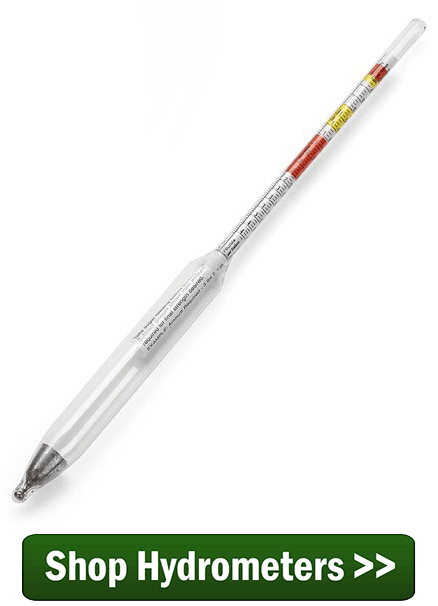
Now it’s time to take a pH reading with your pH meter. What pH is telling you is the total strength of the acidity in the grape juice. As the grapes mature their acidic strength becomes weaker and weaker. If it becomes too weak then there is an increased potential for microbial action, spoilage. Having a low acidic strength can also weaken a wine’s color richness and lower its fruity impression.
The pH scale is a backwards scale. What this means is that the higher the number, the lower the acidity. So it’s important to understand that even though the acidic strength is weakening over time, you should be experiencing higher pH readings as time goes on. A typical pH reading might be 3.2.
To take a reading you will need to squeeze the juice from a hand-full of grapes into a cup or similar. The idea being, you need enough grape juice to completely submerge the entire probe end of the pH meter. Give it a few seconds, and you should get a reading on the display.
Readings With Titration Kits
A titration kit measures the total volume of acid in the wine regardless of its strength. It will give a reading as percentage of mass. While this reading does play a roll in the stability of the wine, it is more directly tied to the flavor of the wine. To much acid, the wine is too tart. Not enough acid, the wine if flat and lifeless. A typical reading might be .70%. This means the acid in the wine is 7 tenths of a percent by mass.
To take a reading with the titration kit you can use the same juice sample used to take the pH reading. Basically, what you’ll be doing is adding a solution to the wine until it changes color. By knowing how much solution it took to change the color of the wine sample, you can determine the wine’s total volume of acid. 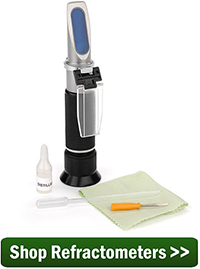
Read More >>
Part I: The Importance Of Timing
Part II: Taking Reading
Part III: What Readings To Expect
Part IV: The Big Compromise
—–
Ed Kraus is a 3rd generation home brewer/winemaker and has been an owner of E. C. Kraus since 1999. He has been helping individuals make better wine and beer for over 25 years.

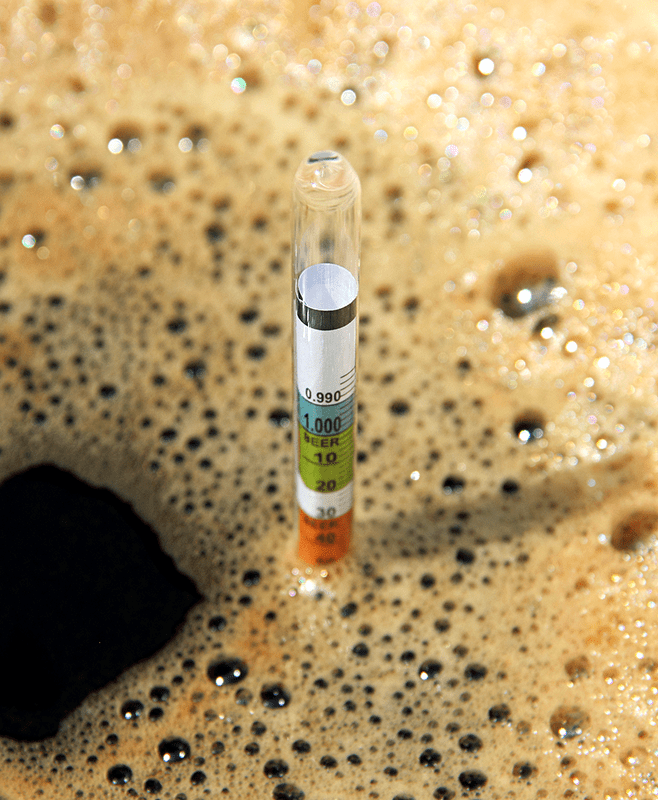
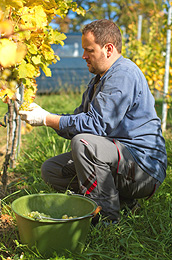 Knowing the optimum time to pick your grapes for wine is a crucial skill that must be mastered before any vineyard can become successful, yet the “knowing when” seems to be the one thing that eludes many amateur vintners.
Knowing the optimum time to pick your grapes for wine is a crucial skill that must be mastered before any vineyard can become successful, yet the “knowing when” seems to be the one thing that eludes many amateur vintners.